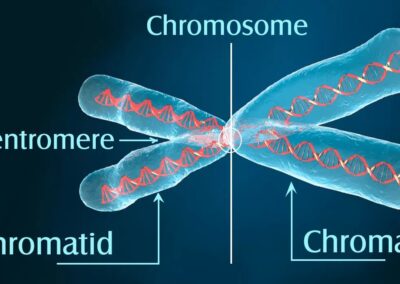https://www.protectchildren.ca/en/resources-research/understanding-child-sexual-abuse/
When child sexual abuse occurs it may be hard for families and caregivers to understand how it could have taken place without their knowledge. Understanding the scope of child sexual abuse, how it happens, how children disclose, and how to support a child during disclosure is an important part of helping families heal.
The following is some basic information about understanding and identifying child sexual abuse. For more in-depth material, download our free resource, Child Sexual Abuse: It is Your Business, in the Order Material section.
Myths Versus Truths
Myths:
- Nice people don’t sexually offend against children.
- Most offenders are strangers.
- All victims eventually become offenders.
- If a child were sexually abused they would tell an adult right away.
- Only hands-on sexual abuse has an emotional impact on children.
Truths:
- There is no typical sex offender. They can come from all walks of life; they can be part of families; they may be well liked and socially competent.
- In the vast majority of cases of child sexual abuse the offender is not a stranger to the child.1
- Regardless of their behaviours, child sexual abuse is NEVER a child’s fault — even if they don’t say “no,” if they enjoy being around the offender, if they actively participate, or even potentially initiate some of the contact with the offender.
- Sexual abuse that does not include contact can still have a psychological and emotional impact on survivors.
- Child sexual abuse is not limited to situations that include force.
What is Child Sexual Abuse?
Child sexual abuse includes a wide range of behaviours and situations — offences can range from one-time occurrences to multiple experiences; from one offender to multiple offenders; with or without the use of violence. Offences can also vary from non-contact sexual offences, such as voyeurism or exposing a child to pornography, to hands-on sexual offences.
The Scope of Child Sexual Abuse
- Approximately 1 in 10 children will be sexually victimized before they turn 18.2
- In the majority of cases, the offender is known to the child.1
- The majority of adult survivors of child sexual abuse report that they did not disclose the abuse to anyone when they were children.3
- 93% of child abuse cases are never brought forward to police or child welfare.4
- There are strong connections between child abuse and mental health conditions.2
How Does Child Sexual Abuse Happen?
One word sums it up — manipulation. Offenders’ manipulations are wide ranging, and can include offering up appealing items such as bribes, gifts, and games, but generally involve moving children into vulnerable positions and finding legitimate ways of spending time with them alone.
Manipulation is also about building and developing an emotional connection, making the child feel special, and then using that trust to exploit and control the child. Survivors often say that this betrayal of trust was the most devastating part of the abuse.
Disclosure of Child Sexual Abuse
The most common response to child sexual abuse is silence. Children often avoid telling someone about sexual abuse because they are confused about what has happened and are afraid they won’t be believed or worry about what a disclosure may do to their family.
Disclosure is a process and can come out in many different ways. Some blurt it all out, while others may let out small bits of information at a time to gauge reaction.
Supporting a Child Through Disclosure
While a disclosure or uncovering of a child’s sexual abuse is distressing, support from a caregiver(s) is key to their recovery. Children who feel supported, nurtured, and safe when disclosing abuse have the most successful recovery and future adjustment.
If your child has experienced child sexual abuse we offer tailored resources in theSupport for Families of Survivors section.
- 1Department of Justice Canada. (2013) “Sexual Offending Against Children and Youth.” Retrieved from: http://www.canada.ca/en/news/archive/2013/02/sexual-offending-against-children-youth.html. Keighley, K. (2017). “Police-reported crime statistics in Canada, 2016.” Juristat, Vol. 37, No. 1. Ottawa: Statistics Canada. Cat. No. 85-002-X; Beaupré, Pascale and Cotter, Adam. 2014. “Police-reported sexual offences against children and youth in Canada, 2012.” Juristat, Cat. No. 85-002-X. Statistics Canada. ↩
- 2Afifi TO, MacMillan HL, Boyle M, et al. “Child abuse and mental disorders in Canada.” Canadian Medical Association Journal. 2014; 186(9): E324-32. ↩
- 3Hindman, J. 1999. Just before dawn: from the shadows of tradition to new reflections in trauma assessment and treatment of sexual victimization. Ontario, Oregon: AlexAndria Associates. ↩
- 4Burczycka, Marta and Conroy, Shana. 2017. “Family Violence in Canada: A statistical profile, 2015.” Juristat, Cat. No. 85-002-X. Statistics Canada. ↩



